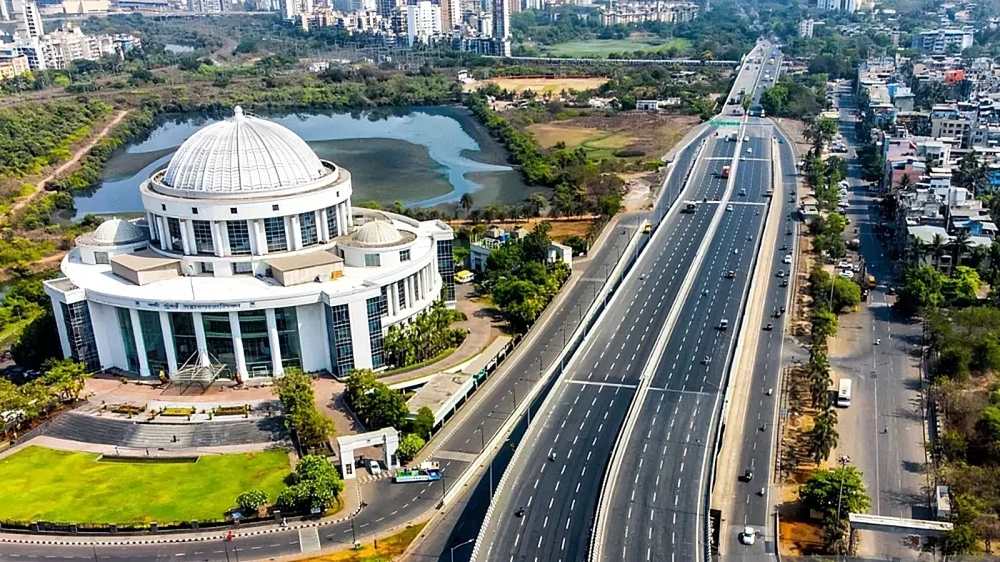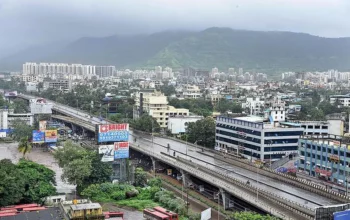More than 60% of the construction of the Mumbai–Ahmedabad bullet train project is now complete, and stations are clearly beginning to take shape. According to Japan Times, a significant milestone has been attained in India and Japan’s strategic collaboration to deploy high-speed rail: Japan would give India two bullet trains at no cost.
Scheduled to arrive in early 2026, the two train sets will be fitted with specialised inspection tools designed to collect vital operational data from the corridor. These trains will enable India to test the bullet train infrastructure and analyse performance under the country’s unique climatic and environmental conditions, such as extreme heat, dust, and high humidity.
The next generation E10 class Shinkansen, sometimes referred to as Alfa-X, is being considered for deployment on the Mumbai-Ahmedabad route, and the data collected during these testing will be crucial to its development. However, Japan will initially supply the current E5 and E3 Shinkansen models for field testing and infrastructure compatibility evaluations, as the E10 model is still in development and is not anticipated to be available by the partial launch planned for August 2027.
The E5 series, developed by East Japan Railway (JR East) and operational since 2011, is a proven high-speed train capable of reaching speeds up to 320 km/h. Known for its aerodynamic design, advanced safety features, and riding comfort, the E5 was originally chosen as the model for India’s bullet train services. The E3 series, an earlier-generation train used in Japan’s mini-Shinkansen network, will also be included in the testing programme due to its reliability and adaptability.
While the original plan focused solely on deploying E5 trains for passenger operations, rising costs and project delays have led to a strategic shift. With Japan donating the E3 and E5 trains for testing, attention is now on refining the Alfa-X (E10) model, which boasts cutting-edge technology and a potential top speed of 400 km/h.
This cooperative endeavour represents a significant step in adapting high-speed rail technology to Indian circumstances. Larger luggage storage, improved weather resistance, and ventilation upgrades are among the planned changes to accommodate local passenger needs. The project is also in line with the objectives of the National Rail Plan 2030, which seeks to transform India’s rail system and encourage long-term, sustainable growth.
Source: Zee News





